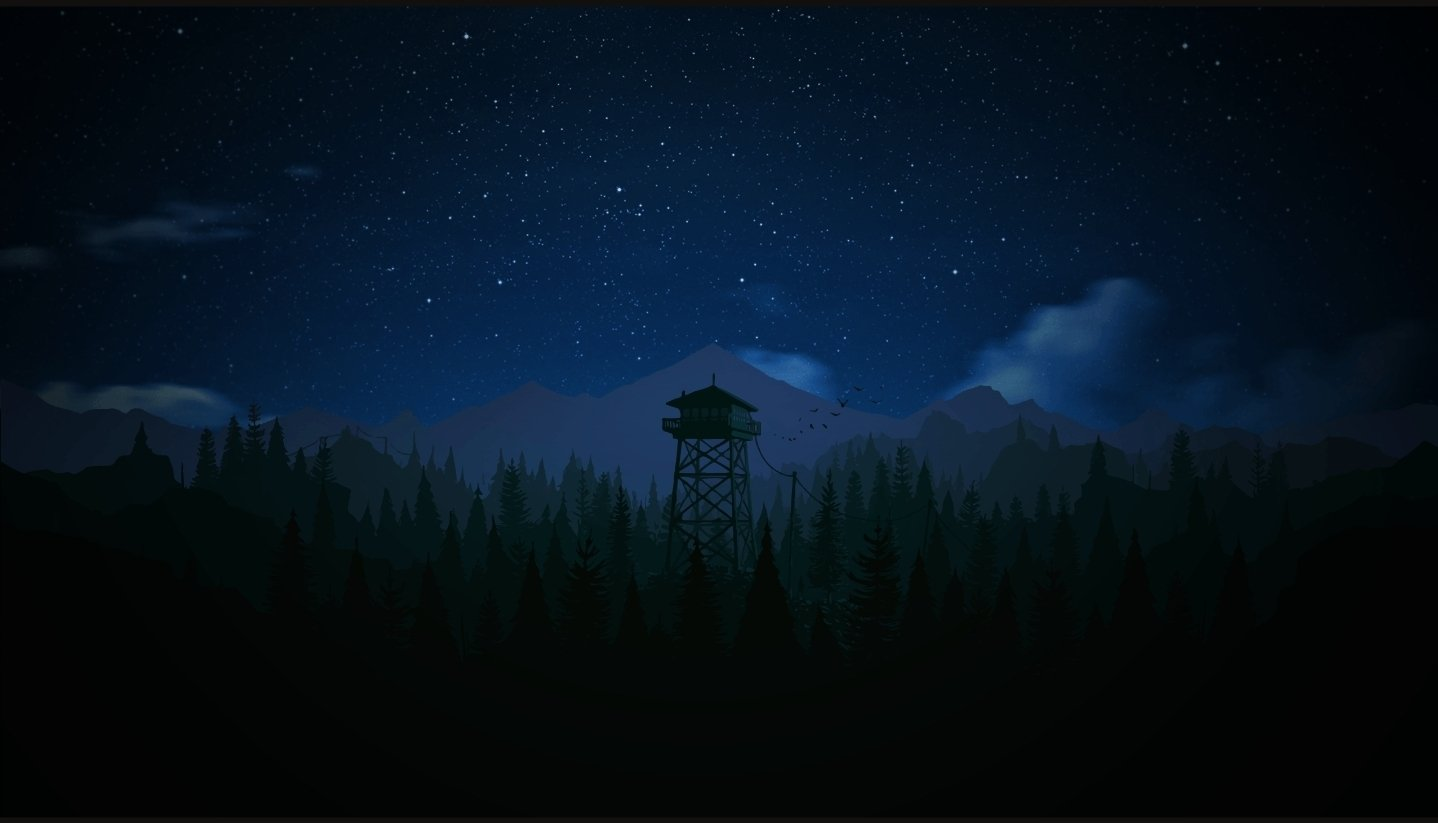I have a lot of indirect experience/knowledge with caves. I don’t have to be one of the people who directly explored one to know one of the first things one learns about caves is how ill-suited for wandering around they are. Slopes can change on a dime, it’s incredibly rocky inside, and they fill with whatever falls from the sky. Imagine hiding in one of these, as someone with less intelligence than us, and not expecting to even stub a toe, let alone fall or suffocate. I assume it must be a concern because all the cave hobbyists I know (even if I only know a couple) say they have to split up based on their physical skills (so one chooses a slope-free while the other a rain-free one as would be the case for me as someone who never learned), though I admit I’d be amused if cavepeople didn’t ignore these slopey checkpoints and instead it caused them to make some inventions.
Another thing that sticks out to me is the rule against fire. When cave explorers (not me) venture in, the most important rule of all time they learn is that it’s an absolute cardinal sin to light so much as a match in a cave, let alone a torch (in contrast to Indiana Jones movies where that’s the first darn thing he does). The heat from fire is enough to interfere with the stone composition, which in turn threatens to collapse a cave. Imagine having just discovered fire, and you go running to show your family but everyone dies before you can say “hey Mario look what I made”. I wouldn’t expect a caveman to know about that rule, but I would expect them to feel tempted to find out the hard way.
Finally, there’s the fact they’re filled with disease. Most notably from the cave animals; while things like ticks and rabies are not common in cave animals, they do happen. If that wasn’t enough to outright stigmatize dwelling in a cave, even the environment itself is viral. There are caves where the reservoirs are like 100% condensed bacteria. That’s got to send awful mixed messages to seek refuge from an oasis and suddenly you have a fear of water like me.
How did caves become such a go-to and one where nobody is depicted as having any serious accidents in?
Because they didn’t actually live in caves that often.
The image of these people living in caves arises from the fact that caves are where the preponderance of artifacts have been found from European Stone Age cultures. However, this most likely reflects the degree of preservation that caves provide over the millennia, rather than an indication of them being a typical form of shelter. Until the last glacial period, the great majority of humans did not live in caves, as nomadic hunter-gatherer tribes lived in a variety of temporary structures, such as tents[4] and wooden huts (e.g., at Ohalo). A few genuine cave dwellings did exist, however, such as at Mount Carmel in Israel.>
That makes sense - never considered cave artifacts to be an example of survivorship bias before
The whole of paleontology/paleo-anthropology has this problem because for remains of organisms to be preserved certain conditions must be met, which is not the case everywhere at any time.
Where did they usually live then, and how did they stay warm?
We are finding evidence of pre-Homo Sapiens structures. Wooden structures typically rot. “Cavemen” is a misnomer from the evidence survivorship bias.
Also notable is your claim they were less intelligent. Human intelligence hasn’t dramatically increased genetically or biologically. Human knowledge has dramatically increased since the invention of writing recently in our history. Creativity and problem solving are highly evolved in our species and we have contemporary evidence of huge ability to transmit knowledge through oral transmission and the influence of tribal tradition.
tents, wooden huts, clothes, fire, body heat
Look at Inuit and other cultures that live in the Arctic. Humans can live (relatively) comfortably in extreme conditions without keeping their environment at a constant 22C.
Africa’s climate doesn’t offer that much deadly cold.
And where caves were involved, they may not have been a constant dwelling but a place to retreat to in times of need.
Your spelunking friends don’t consider rain a deadly threat because they have REI jackets and access to antibiotics, so their attention is entirely on the issues of rain destabilizing the cave. But disease and exposure were immediate deadly threats to more primitive people.
So hiding in a cave during the rain, despite your spelunker friends’ modern safety standards, was probably a survival tactic.
I mean, there were cave dwellers in Europe and Asia too. The richest cave culture finds were in France.
I can attest all threats are considered to the best of one’s ability (minus the “things everyone is willing to risk”), even with everyone’s REI vests/jackets, which is why everyone often takes different routes based on what they’re good at (for example, one is bad with slopes, the other panics at puddles, though they insist this is “fun”). Once a cave even had classic stereotypical radiation in it (I should note one unspoken con of caves is they have an extremely high radon composition, which is natural in caves even though hearing it might be a mind changer). Every cave is different.
If i would guess, something like: look up “native american dwellings” and “how to make permanent shelters from tree branches”.
I guess I underestimate the insulation power of ancient architecture.
Here’s your answer. It’s likely there’s more people living in caves in modern times than there ever were in prehistory
Not an expert, but it seems like you’re conflating issues of spelunking with cavemen living 5 meters from the entrance.
I’m not saying that doesn’t influence things, but wouldn’t it still be an issue? How would cavepeople stay warm five meters from the place they were trying to stay warm from, especially without fire?
Again, you’ve conflated spelunking with living 5 meters from the exit. Firesites are everywhere in archaeology digs, including in caves.
I thought when they said don’t light a fire in a cave they meant everywhere in the cave.
Not an expert, but I do have some insights on this. The reason that spelunking doesn’t usually allow fires, even at the entrance, is because the smoke can damage the cave environment. Smoke, especially from things manufactured in a different environment, can contain a lot of wild stuff that interferes wjth an ecosystem. Caves, especially ones big enough for tours, have incredibly unique ecosystems that are ripe for study by biologists.
Additionally, smoke contains unique particles that settle on surfaces. We can study the materials deep in some caves like Mammoth Cave and find evidence of smoke and ash. This is strong evidence for archeologists that ancient people were able to travel deep into this cave.
tl;dr: smoke damages ecosystems and makes archeology difficult. Don’t smoke in a cave.
(would write more, but using phone keyboard)
It isn’t just the smoke though, it’s the heat, as I was explaining here when I got this reply. As an on-site out-observer, that much from all of this I do understand (which formed the basis for what I don’t).
It’s a matter of statistics. We know that it can cause a collapse, but depending on the cave it’s not often. We don’t want people to get hurt, so we’re going to warn people against generating heat like that. But with a ton of caves, it would have happened irregularly enough for people to be mostly fine.
That was 7ft flames in a sandstone cave. Yes it can happen. No it wouldn’t happen often enough to have killed every single human living in a cave system.
Not every one in every part, no. It’s just a hazard per section.
The same way we stay warm today in our homes, insolation.
It might be that you have a mistaken view of cave dwelling.
Most such settlements only used relatively shallow rock-face caves, which eliminates the majority of your listed risks.
Without reliable light sources, you’ll appreciate that people weren’t delving kilometers deep into the ground. Caves were simply a way to protect from the elements and to provide a choke point to better defend against wild creatures.
Having been to a lot of Palaeolithic sites and studied cave formation and the like…
They usually used just the cave mouths or even rock shelters. Caves “breath” and if they “breath” in then the environment in a cave mouth can be dry and sheltered from the rain. You’ll also find that the most frequently used caves are either higher up the side of a hill providing good views over the area to help hunt game and/or they’re close to a spring.
They did venture deeper into caves but usually for ritual purposes and those that were decorated for these purposes seem to have been chosen for relative ease of access (you just need a torch and a good guide) but also because the journey itself to the ritual site was part of the ritual (we can only speculate but it may be part of a rebirth ritual and/or the effect would have been enhanced by drugs, music, etc).
There’s an additional point that other commenters haven’t brought up. Sure, all those dangers you mention exist, and tons of people suffered and died of them over the tens of thousands of years that humanity was in this period. But enough people still survived.
They considered the caves to be safer alternatives to whatever else they were using before they found the cave. And they hardly ever stayed in one permanently, instead migrating around to find food.
Caves can be safe, there are many different cave landscapes. Everything from tight squeezes to huge chambers the size of a football field. Some are big, some are small, some complex, some relatively straight and simple. There are many caves that have guided tours. They even have gatherings and weddings inside.
Another thing that sticks out to me is the rule against fire. (…) The heat from fire is enough to interfere with the stone composition, which in turn threatens to collapse a cave.
Is that really the case? I thought it would more about filling the cave with smoke or wasting oxygen, not causing a cave to collapse. Perhaps I was imagining a different cave? Tom Hanks did keep fire in his cave in Cast Away.
Anyway, very interesting subject. I always wanted to have a cave of my own, especially with an entry hidden behind a waterfall :D
Never heard about collapsing a cave from heat, but soot from fires would damage a cave’s aesthetics, which is a cardinal sin in spelunking.
Yes, so basically picture a cave like a giant jawbreaker. When a jawbreaker is left in the sun (and yes, Mythbusters proved this), the different layers of candy expand at different rates. This causes pressure buildup and eventually explosion.
A cave isn’t all just one solid type of mass, it’s not all a single boulder like many people depict due to the limited coloring of old cartoons. You’ll have many different forms of sedimentary, igneous, and metamorphic rock all around the cave. And a fire is hotter than depicted on TV, that’s the whole point of a campfire (a part of why the original question in the OP intrigued me). So the simple act of starting a fire can cause a chain reaction which destabilizes a cave section and causes a collapse. And with caves being as intriguing as they are, you don’t want to ruin humanity’s chances of finding a cave section.
People upvoting a lot of the confusion-based replies shows both sides here have things they never expected they didn’t know (while downvoting my own confusion-based replies, for whatever weird reason).
I wasn’t doubting you about the collapse from fire heat, I just had never heard of it before so wasn’t commenting on that aspect.
Yes, it really is the case. Different stones react differently to fire. I know my stuff.
I just want to add that gases are probably also a huge prohibiting factor to living in a cave. All of the second-hand cave emergencies I’ve ever heard of are due to poisonous air.







